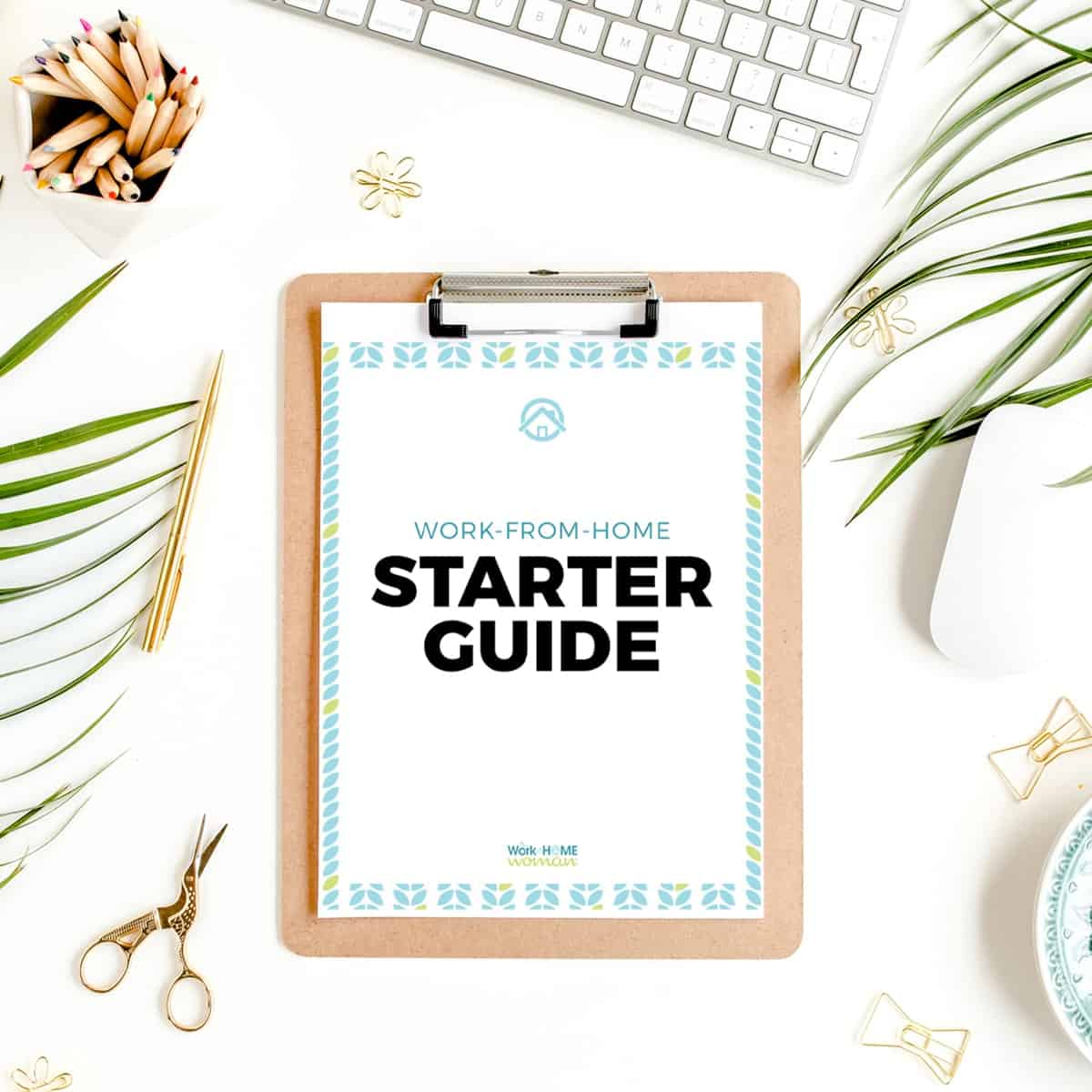If you’ve never had an emergency fund – or you’ve depleted yours recently – it’s time to work on building that cash cushion back up. Why? Having money set aside in a separate account from the one you use for everyday spending can be a lifesaver when your HVAC system dies, or you have a trip to the emergency room and don’t want to use a high-interest credit card to cover the cost.
And if it feels impossible to build an emergency fund – or a rainy day account – we’re here to tell you it can be done and may not be as difficult as you think. While many financial experts say it’s good to have three to six months’ worth of living expenses held back for emergencies, that could take several years to accomplish.
You can make it easier on yourself and start with a smaller goal, such as $500, to save in case of an unexpected expense. Try using an online calculator, such as this one from NerdWallet, to see what a solid emergency fund might look like for you. Whether you decide to save six weeks or six months of expenses, know that it’s possible.
Here are 10 ways to earn more money to build an emergency fund.

1. Stay Out of Restaurants (Unless You Work There)
When financial planner Laura K. Cook decided to make the transition to work from home, she knew her family would need to cut back on spending. “That required some digging into our finances,” she says, “to make sure we weren’t wasting money on things that really didn’t matter to us.”
First, they cut back on eating out, she says, which made a huge difference: “We looked at our bank account over the last three months, and the last year, and had no idea the amount we were spending dining out, even on fast food.”
She’s not alone. Americans spend an average of $166 per person dining out each month, according to a national survey from US Foods. And because that’s an average, some families spend more while others spend less. How can you save more right now? Aim to eat more meals at home and watch your discretionary spending shrink.
2. Ask for a Raise
When it comes to how much women earn, we are still making much less than our male counterparts. Plus, research shows that women tend to have a harder time asking for more money at work.
A 2024 study of 14,500 women by Indeed found that more than half of women globally have never asked for a raise. Read that again. This doesn’t have to be the case: You miss 100% of the shots you don’t make. So, if it has been a few years – or never – since you last asked for a bump in pay, consider making your case.
Need more convincing? There was some good news from the new Indeed study. Some 43% of respondents say they have asked for a raise. And within that group, three in four received a pay increase, according to the report. No matter how you look at it, those are excellent odds.
3. Ask for Extra Shifts or Overtime
If you can’t bring yourself to flat-out ask for more money in the form of a raise just yet, there are other creative ways to earn more at the job you already have. Those working in healthcare (and other fields) could let their manager know they are available for additional shifts or extra hours if they aren’t already on salary.
At many hospitals and senior living centers, those who work nights earn more than those who work days. If you have the ability to pull a graveyard shift, you could use the extra money to pad your emergency savings.
Along those lines, make sure your supervisor knows you are looking to earn more and ask them for any suggestions to enhance your earnings, such as adding certifications to your skillset. When you let your boss know about your willingness to invest more of yourself into the company, it could potentially open more doors than you expected.
4. Sell Clothing (And Other Items) Selectively
If you have tried this before without much success, you may not be hitting up the right online websites or consignment shops in your area. Sarah Sprague Gerber, a financial planner and coach who founded Momentum Financial Planning, has seen some of her clients successfully earn a tidy sum just by weeding out their wardrobes.
“One of the easiest ways to earn more on short notice is to identify items in your closet you haven’t worn in a long time (or possibly ever) … and sell them to places like Poshmark,” she says. Other reputable places to sell gently used clothing include thredUP and The RealReal for high-end items.
You can also do a quick online search for consignment shops in your area and visit the ones that appeal to you and your personal style. Find out what the split is – many places pay you 50% of what items sell for and keep the rest to account for overhead expenses – and then go from there.
And you don’t have to stop in your closet. Scour your home for things you no longer use or could live without, including kitchen items and furniture. Photograph the items in a well-lit area free of distracting clutter, and then list everything on a site such as Facebook Marketplace.
5. Turn a Hobby Into a Side Hustle or Side Business
America has become a nation with a thriving gig economy. That said, it pays to proceed cautiously into a side hustle to prevent burnout or failure. So before you set up a Facebook page for your new pet-sitting business, take a few hours (or even a few days) to reflect on what really brings you joy and what you like to do – and could potentially see yourself doing for an extended period of time.
There are other things to consider, too. “Before you find a good option, it’s helpful to know what your goals are for more money,” says Gerber, the financial coach. “Do you need money soon? Are you able to take the time to build another income stream? What are some options unique to you that you could do?”
Once you land on a solid idea or two, check with your local chamber of commerce, if you plan to open a business or provide services in your community. They have tools that can help new entrepreneurs thrive. If you are going to start an online side hustle, research to ensure there’s a need for the services you plan to offer.
6. Sell Gold And Silver
You could have a small fortune sitting in your jewelry box or dresser drawer right now to help build a cash reserve for financial emergencies. If you have broken necklaces or chains, monogram jewelry you never wear, or gifts that just aren’t to your taste, gather it all up and bring it to a reputable jeweler. Call in advance to make an appointment and determine rules for which precious metals they accept. (For example, they may not take anything below 14 karat gold.)
Once your pieces have been evaluated, the store representative can offer an estimate of what the jewelry is worth and how much they will pay you for it. Typically, you get about 50% of the value. It’s important to note that what gold and silver are worth fluctuates daily, so take that into consideration before selling.
A few years ago, I made more than $550 by selling a gold watch, some silver serpentine chains, and a few single gold earrings that had lost their mates. I used the money to fund my holiday shopping that season, but it would have been a tidy amount to plunk down into savings for vacation or unplanned expenses.
7. Cancel Subscriptions
Of course, there are obvious things you can cut here—such as gym memberships, one of your five streaming services, or the satellite radio subscription you barely listen to. A good way to remind yourself of what you may be signed up for but not using is to set aside an hour or so and review your last three bank statements and credit card bills.
“Specifically look at automatic drafts from your checking account and credit cards,” Cook says. “Cancel any services that you are not using or any that you don’t feel add to the quality of your life.”
If you have made the transition to work from home or want to, it’s possible your priorities have changed, too, she explains, noting, “You may be paying for services that no longer align with your values or your ultimate goal to work from home.”

8. Hide Your Credit Cards From Yourself
We Americans love our credit cards – and it shows. The Federal Reserve reported the average credit card debt for U.S. families was hovering near $6,120 in recent years. Combine that with high interest rates for new credit lines (as in 28% or more), and you’ve got a recipe for long-lasting debt.
Still, we’re not asking you to get rid of those little pieces of plastic altogether; just take them out of your wallet (virtual or real) and put them somewhere safe, like a closet safe or in the back of a drawer.
Financial experts often advise clients to live within their means, which means not buying anything they can’t afford with the money they earned that week or month.
If you are carrying a credit card balance—like millions of Americans—it’s a good idea to halt spending on your credit cards and make a plan to pay them off, starting with the card with the highest balance first. Your future self will thank you!
9. Automate Your Savings
There’s a reason 401(k)s are a proven way to help people save for retirement. It’s often because you never see the money. If you work for a company with a 401(k) or other savings plan, the funds are typically directed out of your check and into a separate account before you ever see it.
The same strategy can make you a more successful saver. Here’s what to do: If you bank online, go into your account and set up an automatic transfer to take $10 or $20 per paycheck and move it into a separate savings or money market account. It can be a regular savings account, but it needs to be separate from the checking account you use for other household expenses. If you set it and forget it, someone using recurring transfers to sock away $10 per week will have $100 in 10 weeks or $520 at the end of 12 months. That’s enough money to cover groceries, utilities, car repairs, or other essential expenses.
10. Track Your “Non-Spending” and Save It
One way to “find” extra money you can save is to track your “non-spending,” says financial coach Gerber. What’s non-spending? Those are the things, she says, that you think about spending money on but end up deciding not to.
A real-life example? “If you thought about throwing your husband a big birthday bash,” Gerber says, “but then find out that he really just wants some alone time, you can take the $300 (or $30 or $3,000!) and set it aside for a savings goal like an emergency fund.”
In theory, she explains, “the money was going to be out of your pocket anyway, so you shouldn’t miss it if you still transfer it out of your checking and into savings instead. I’ve helped multiple clients follow that approach and do different spending exercises along those lines, and it’s always surprising what they find and what they start to notice.”
The Bottom Line
Whether you want to take on a side hustle or get up your gumption to ask for a raise at work, there are tons of creative ways to cut expenses and earn more to build your emergency savings account. Remember, saving doesn’t have to be hard. You can automate the process with online banking, curb restaurant visits, and watch your emergency fund grow.








Leave a Comment